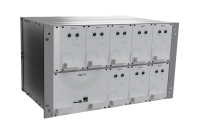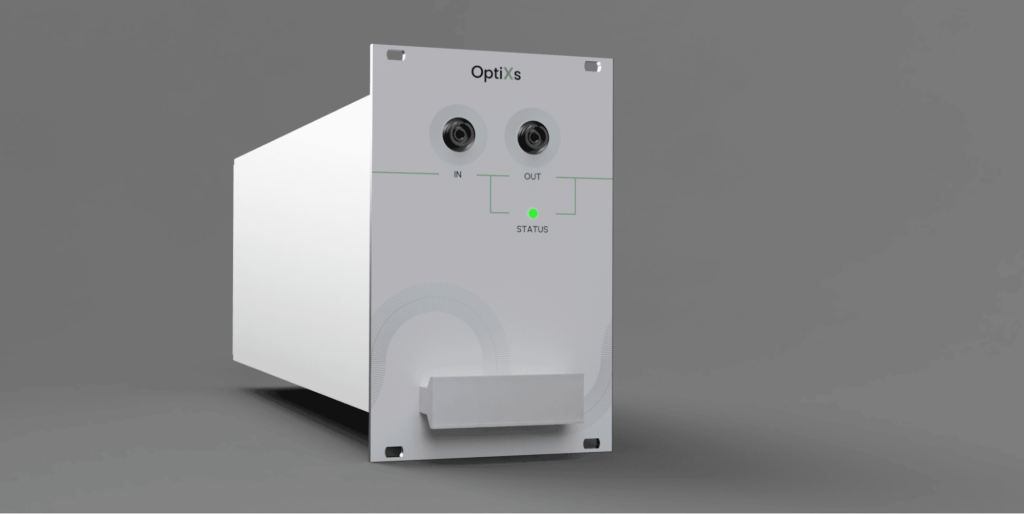Optical delay lines are devices used to change the timing of a light signal by adding or removing distance in its path. The basic principle is simple - the delay line introduces a controlled detour that the light must travel, which leads to shift in time (for pulsed signal) or phase (for periodic signal) with respect to the source.
A common variation of the optical delay line uses optical fibers to deliver the light into the delay unit and carry it out again once the additional distance has been travelled. We call such a device a fiber optic delay line. The main advantage of this architecture is a seamless, low-loss connection to other parts of the user's optical system. The delay line can be compact and portable which makes it easier for integration into existing setups.
With a sub-femtosecond resolution of the high-end fiber optic delay lines, the main applications include interferometry (for synchronizing beams), coherent beam combining (to achieve phase alignment), optical coherence tomography (for scanning tissue layers), and optical time division multiplexing (to interleave data channels). They also appear in a range of signal processing tasks where precise timing is essential.




